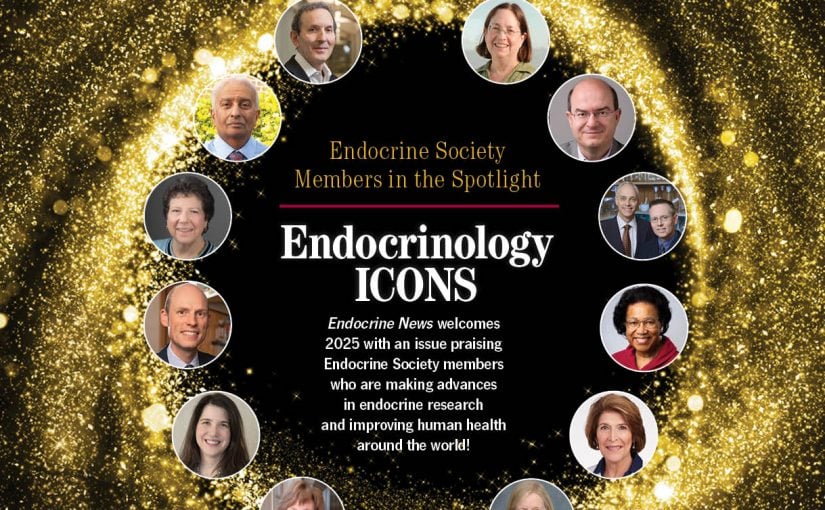This will be the last June issue that heralds the Endocrine Society’s annual conference because beginning in 2015, ENDO will start taking place in March. And if next winter is anything like this past winter, we’ll ALL be ready to head to San Diego for a few days. However, ICE/ENDO 2014 will be held at McCormick Place in Chicago June 21 – 24 and is on track to be one of the biggest annual conferences yet. So far there have been more than 3,100 abstracts submitted, a 14% jump from last year. Since this year’s meeting is a joint conference of both the Endocrine Society and the International Society of Endocrinology, over 10,000 scientists and clinicians from around the world are expected to attend.
We also thought this issue would be the ideal place to take a pulse of the industry in this month’s cover story, “The State of Endocrinology” (p. 16), by Melissa Mapes. This is by no means an in-depth analysis of where the industry is, but more of a snapshot of where it is perceived to be by some of the leaders in the field, including a couple of the Endocrine Society’s past presidents. Despite the pay disparities and the manpower shortage, there is no shortage of passion that endocrinologists have for their chosen specialty.
A nice companion piece to the cover story confirms what everyone holding this issue of Endocrine News already knows: Endocrinologists wield an amazing amount of influence on their colleagues in various disciplines. In “Most Valuable Players” (p. 26), Eric Seaborg discoverd that endocrinologists “are a highly trusted source of information about diabetes products that are new to primary care physicians. In most cases, endocrinologists are comparable to articles in peer-reviewed journals and lectures in terms of trust, accuracy, balance, and value.” However, as trusted as endocrinologists are, fellow physicians are frustrated by a lack of accessibility. This, in turn, is related to the ongoing manpower shortage, which we plan to address in a future Endocrine News
We also broach the subject of “food as medicine” in a very well researched article by Glenda Fauntleroy called “Food Fight” (p. 30). Despite the amount of research and the proven benefits of certain foods and spices, it appears that we’re not to a point just yet where food can completely replace prescribed medicine. Nora Saul, manager of Nutrition Services at the Joslin Diabetes Center in Boston, says in the article that while food and exercise are a large component of treating patients with diabetes, it is a triad with medication as the third major component.
No doubt I will meet many of you in the throngs of attendees in the Windy City. However, if I don’t run into you atICE/ENDO 2014, drop me a line at [email protected].
Mark A. Newman
Managing Editor, Endocrine News

